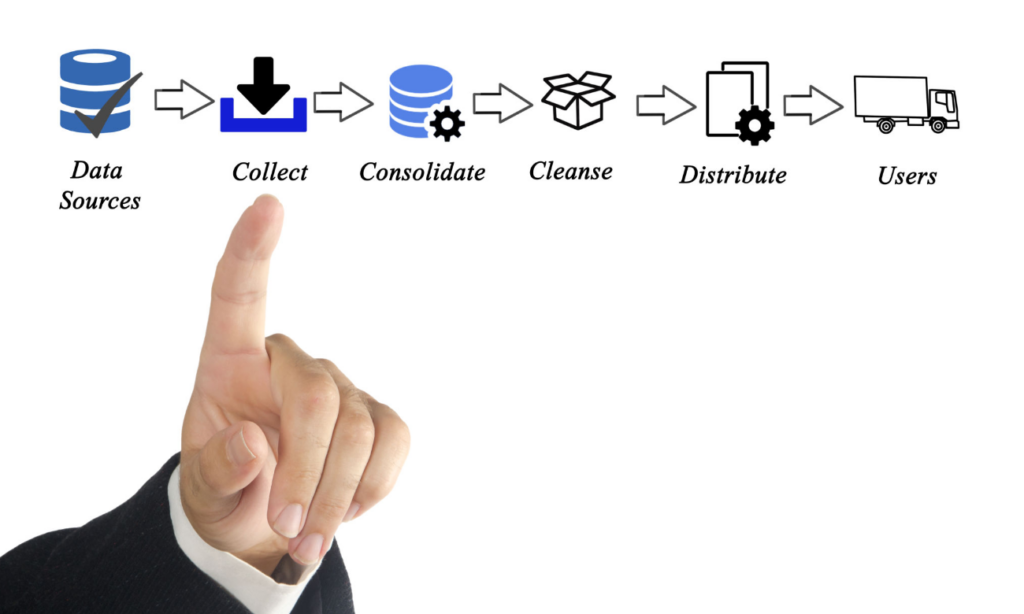7 Compelling Ways Storekeepers Can Support Omnichannel Retail
Introduction
Storekeepers play a pivotal role in bridging the gap between physical and digital retail environments. In an era where customers expect seamless experiences across online stores, mobile apps, and brick-and-mortar locations, Storekeepers must adapt to new workflows and technologies to support omnichannel strategies effectively. Their ability to coordinate inventory, orders, and customer interactions can make or break a retailer’s success.
As omnichannel retail continues to evolve, retailers look to their front-line staff for innovative solutions. From personalized service at the point of sale to efficient handling of online orders, Storekeepers can enhance operational agility helps brands remain competitive. This guide delves into seven crucial ways such professionals can drive omnichannel excellence.

Understand Omnichannel Retail Dynamics
Omnichannel retail blurs the lines between brick-and-mortar stores and online platforms, requiring a cohesive approach to inventory management, order processing, and customer service. As consumer expectations evolve, Storekeepers need to ensure real-time stock visibility, prompt order fulfillment, and consistent branding across all touchpoints. By embracing this integrated model, Storekeepers become strategic partners in delivering a unified shopping journey.
Without a traditional boundary between channels, staff must view every transaction through a holistic lens. Whether a customer starts shopping on a website and completes the purchase in-store, or vice versa, the back-end workflows should feel identical. Achieving this level of coordination hinges on efficient collaboration, clear communication protocols, and a deep understanding of technology integration.
Enhance Inventory Accuracy and Real-Time Stock Visibility
One of the most critical responsibilities in omnichannel operations is maintaining accurate inventory records to avoid stockouts and overselling. Storekeepers can implement barcode scanning or RFID systems to track product movement at every touchpoint, from warehouse receipt to retail shelf. Automated updates reduce manual errors and enable teams to correct discrepancies before they impact sales.
Real-time synchronization between in-store terminals and online portals means that customers always see valid stock data. When Storekeepers update stock levels instantly, both e-commerce listings and physical availability remain aligned, fostering customer trust and preventing order cancellations. Accurate records also support better purchasing decisions, ensuring that high-demand products remain in circulation.
Streamline Order Fulfillment Processes

Efficient order processing is central to an omnichannel strategy, as retailers juggle home deliveries, curbside pickups, and in-store collections. Storekeepers should coordinate with warehouse teams and logistics partners via integrated order management systems that automatically prioritize tasks based on shipment deadlines and customer preferences. Clear dashboards and notifications help staff stay informed about incoming requests.
Effective communication among Storekeepers and fulfillment teams minimizes delays and ensures that orders are packed accurately and dispatched on time. Batch-picking techniques and designated packing zones can further speed operations. By refining these processes, retailers achieve faster turnaround times and higher customer satisfaction rates.
Coordinate Buy Online, Pickup In-Store (BOPIS)
Buy Online, Pickup In-Store (BOPIS) programs have surged in popularity, offering shoppers the convenience of immediate access without shipping fees. Storekeepers must designate dedicated pickup areas near store entrances, clearly signposted to streamline the customer journey. Staff training on verifying order details such as customer names and order numbers ensures a smooth handoff.
Personal touches, like greeting customers by name and offering to load groceries or merchandise into their vehicle, elevate the BOPIS experience. When Storekeepers greet customers with warmth and efficiency, they transform a quick transaction into a memorable interaction. This positive impression can lead to upselling opportunities and long-term brand loyalty.
Facilitate Easy Returns and Reverse Logistics

Handling returns effectively is as vital as order fulfillment in an omnichannel context. Storekeepers can set up clear return policies that integrate seamlessly with POS systems and online portals, allowing staff to process exchanges, refunds, or store credits without cumbersome manual work. Digital return labels and QR codes accelerate the drop-off process for customers.
By empowering Storekeepers to manage returned inventory correctly restocking, refurbishing, or liquidating retailers maintain inventory integrity and control loss. A well-defined returns protocol not only reduces shrinkage but also reassures shoppers that their satisfaction matters, strengthening repeat purchase potential.
Provide Exceptional Customer Engagement
Personalized service remains a competitive differentiator, especially when online algorithms and chatbots dominate. Storekeepers who proactively assist customers asking open-ended questions, offering product demos, or suggesting complementary items—foster meaningful connections. This human touch can tip the scales in favor of purchase decisions.
Beyond transactions, these roles involve educating shoppers on product care, loyalty program benefits, and upcoming promotions. When customers feel valued by Storekeepers, they are more likely to convert, leave positive reviews, and recommend the brand to friends. Consistent, memorable interactions are the cornerstone of a thriving omnichannel retail presence.
Leverage Technology and Data Analytics
Advanced tools enable retailers to optimize omnichannel workflows and gain deeper insights into customer behavior. For example, integrating mobile apps, CRM systems, and Chatbots for Online Retail can help staff flag stock issues or handle inquiries efficiently, even outside regular store hours.
By embracing data analytics platforms, retail teams identify high-demand products, forecast replenishment needs, and tailor promotional displays. Technology-driven reporting dashboards empower staff to make proactive decisions, reducing manual guesswork and elevating overall store performance.
Train Staff and Foster Cross-Functional Collaboration
Continuous training ensures that every team member understands evolving omnichannel best practices. Retailers can organize workshops on inventory systems, customer service protocols, and the latest digital tools to build confidence and proficiency among store-floor staff.
Encouraging cross-functional collaboration bringing together marketing, logistics, and frontline teams creates a culture of shared ownership. Regular debriefs and feedback sessions help refine processes, align goals, and celebrate successes, driving sustained improvement across channels.
Conclusion
Empowering store-floor professionals with the right processes, tools, and customer-centric mindset transforms them into omnichannel champions. By enhancing inventory accuracy, streamlining fulfillment, supporting BOPIS, managing returns, engaging customers, and leveraging technology, retailers secure stronger brand loyalty and revenue growth. Implement these strategies to align physical and digital channels seamlessly and deliver unmatched shopping experiences.